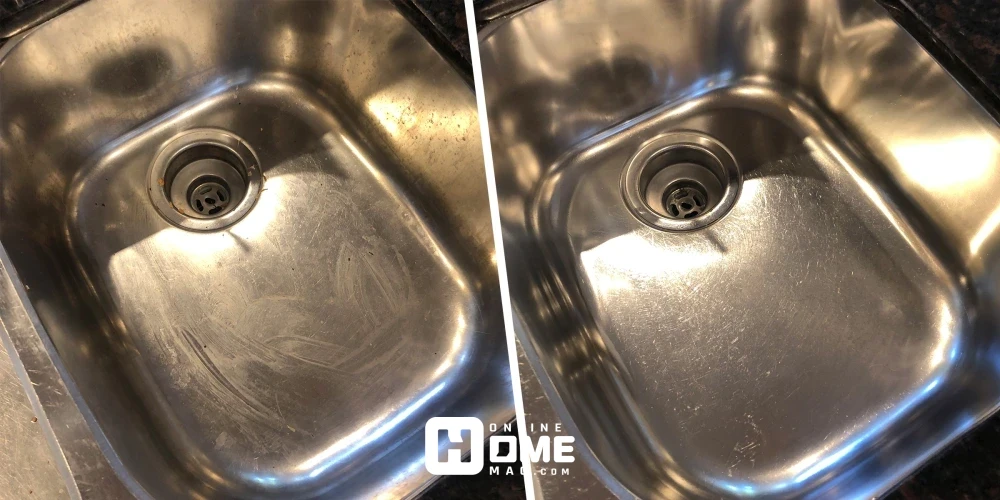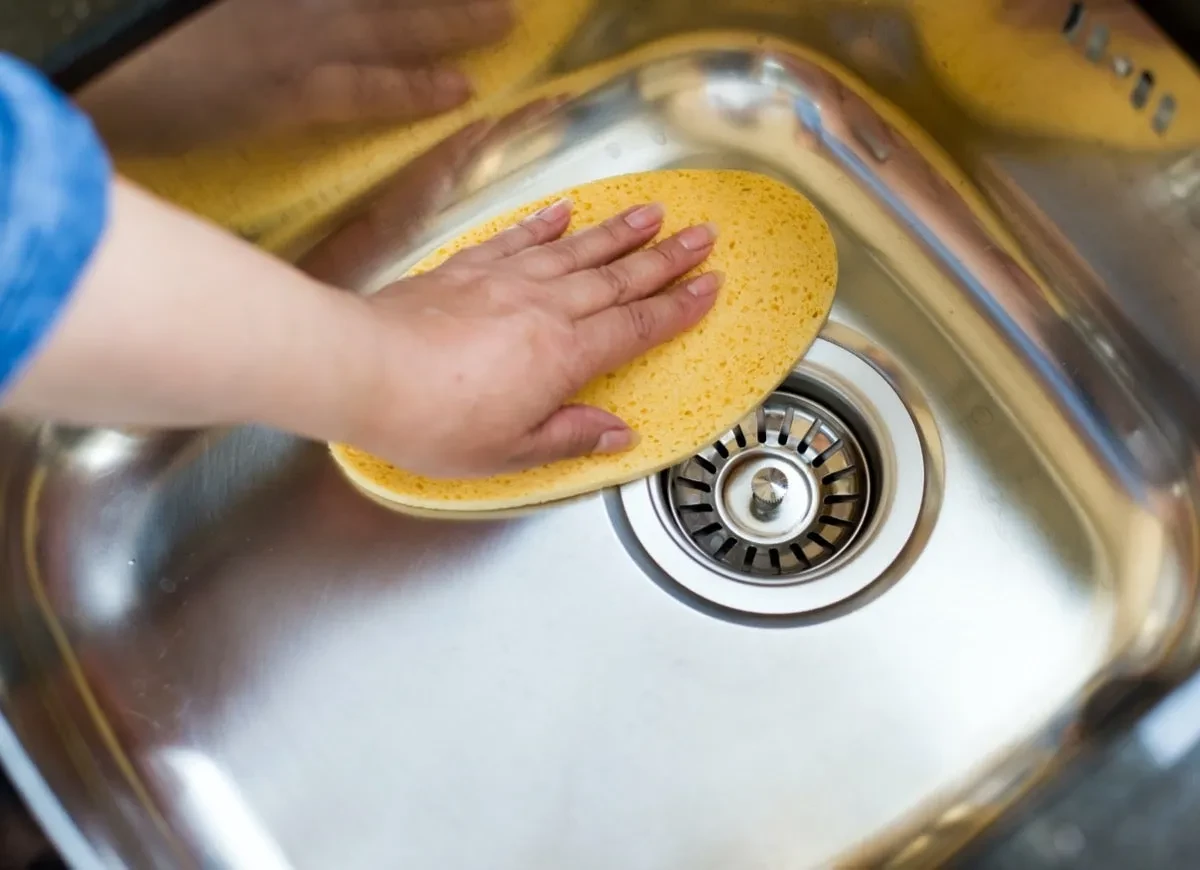🕓 Last updated: July 28, 2025
Why Regular Sink Cleaning Matters
Before we dive into the cleaning process, it’s important to understand why you should clean a kitchen sink regularly. A neglected sink can become a breeding ground for bacteria, including E. coli and salmonella, especially if you frequently rinse raw meat or unwashed produce. Additionally, buildup of soap scum, hard water stains, and food particles can cause your sink to look dirty even when it’s not.
Regular cleaning ensures:
- A hygienic space for food prep
- A fresher-smelling kitchen
- Extended lifespan of your sink material
- An overall neater, more inviting kitchen environment
Supplies You’ll Need
To clean a kitchen sink effectively, gather these simple supplies:
- Baking soda
- White vinegar
- Dish soap
- Lemon or lime
- Salt (coarse or kosher preferred)
- Microfiber cloths or soft sponges
- An old toothbrush
- Olive oil or baby oil (for shine)
Most of these items are already in your kitchen, making this a budget-friendly process.

Step-by-Step Guide to Clean a Kitchen Sink
Clear the Sink and Rinse
Remove all dishes, food debris, and utensils. Rinse the sink with warm water to get rid of loose particles. This gives you a clean surface to work with.
Apply Baking Soda Generously
Baking soda acts as a gentle abrasive that helps scrub away grime without scratching surfaces. Sprinkle it evenly over the entire sink basin. Use a damp sponge or cloth to scrub in circular motions. Pay special attention to corners and around the drain.

Spray with White Vinegar
Pour white vinegar into a spray bottle and spritz it directly over the baking soda. You’ll notice a fizzy reaction—this helps lift off stuck-on stains and disinfect the surface. Let it sit for 5–10 minutes, then scrub again.
Use Lemon and Salt for Stubborn Stains
Cut a lemon in half and dip it in coarse salt. Use this to scrub away stubborn stains and odors. The citric acid in the lemon naturally breaks down grease and leaves a fresh scent.
Clean the Faucet and Drain Area
Dip an old toothbrush in vinegar and scrub the base of the faucet, handles, and around the drain. These areas often harbor grime and water deposits. For extra detail, use cotton swabs to reach tight crevices.
Rinse Everything Thoroughly
Once you’ve scrubbed all surfaces, rinse the sink thoroughly with warm water to remove any residue. Make sure all baking soda, salt, and lemon bits are washed away.
Dry and Polish
Use a dry microfiber cloth to wipe down the sink. This helps prevent water spots. For a shiny finish, apply a few drops of olive oil or baby oil on a clean cloth and buff the surface.

Special Instructions for Different Sink Types
Stainless Steel Sinks
- Avoid harsh scouring pads that can scratch the finish.
- Always scrub in the direction of the grain.
- Add a final polish with vinegar or a stainless steel cleaner.
Porcelain or Ceramic Sinks
- Use non-abrasive cleaners to avoid chipping the glaze.
- A paste of baking soda and hydrogen peroxide can help with deeper stains.
Composite Granite Sinks
- Stick to gentle dish soap and avoid acidic solutions.
- Use baking soda sparingly and rinse thoroughly.
How Often Should You Clean a Kitchen Sink?
- Daily: Rinse food particles and wipe down with dish soap.
- Weekly: Deep clean using baking soda, vinegar, and lemon.
- Monthly: Check and clean the drain and garbage disposal (if present).
A consistent cleaning routine will prevent buildup and make each cleaning session easier.
Natural vs. Chemical Cleaners
While chemical cleaners are often effective, they can be too harsh—especially on delicate sink finishes. Natural methods not only protect your sink, but they’re also safer for your family and the environment. Vinegar, baking soda, and lemon are powerful, natural cleaning agents that can rival any store-bought solution.
Tips to Keep Your Sink Cleaner for Longer
- Don’t leave dirty dishes sitting overnight
- Rinse the sink after every use
- Use a sink mat or protector to reduce scratches
- Dry the sink after rinsing to avoid hard water spots
Cleaning Your Garbage Disposal
If your sink includes a garbage disposal, cleaning it is just as important. Here’s a quick method:
- Pour half a cup of baking soda down the disposal
- Add one cup of white vinegar
- Let sit for 10–15 minutes
- Rinse with boiling water
- Grind ice cubes and citrus peels to sharpen and freshen blades
To clean a kitchen sink and make it shine like new, all you need are a few household items, some elbow grease, and consistency. Whether your sink is stainless steel, porcelain, or composite, proper care will keep it looking beautiful and functioning well for years to come. Invest a few minutes each week and enjoy a sparkling, hygienic kitchen centerpiece.


